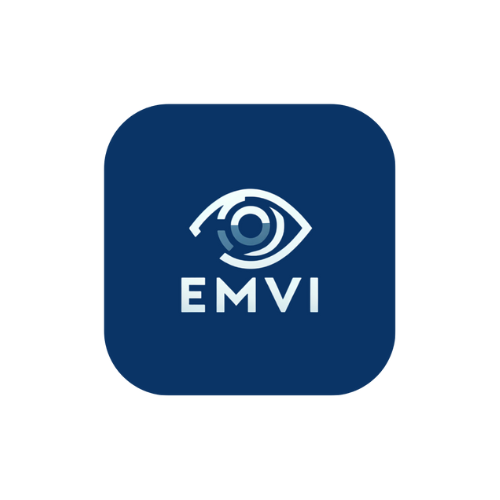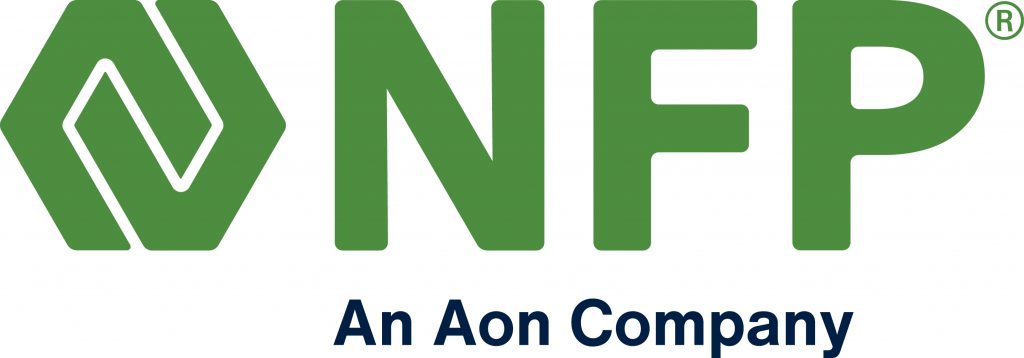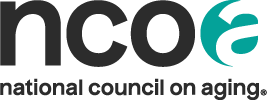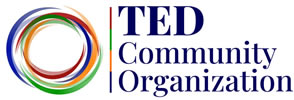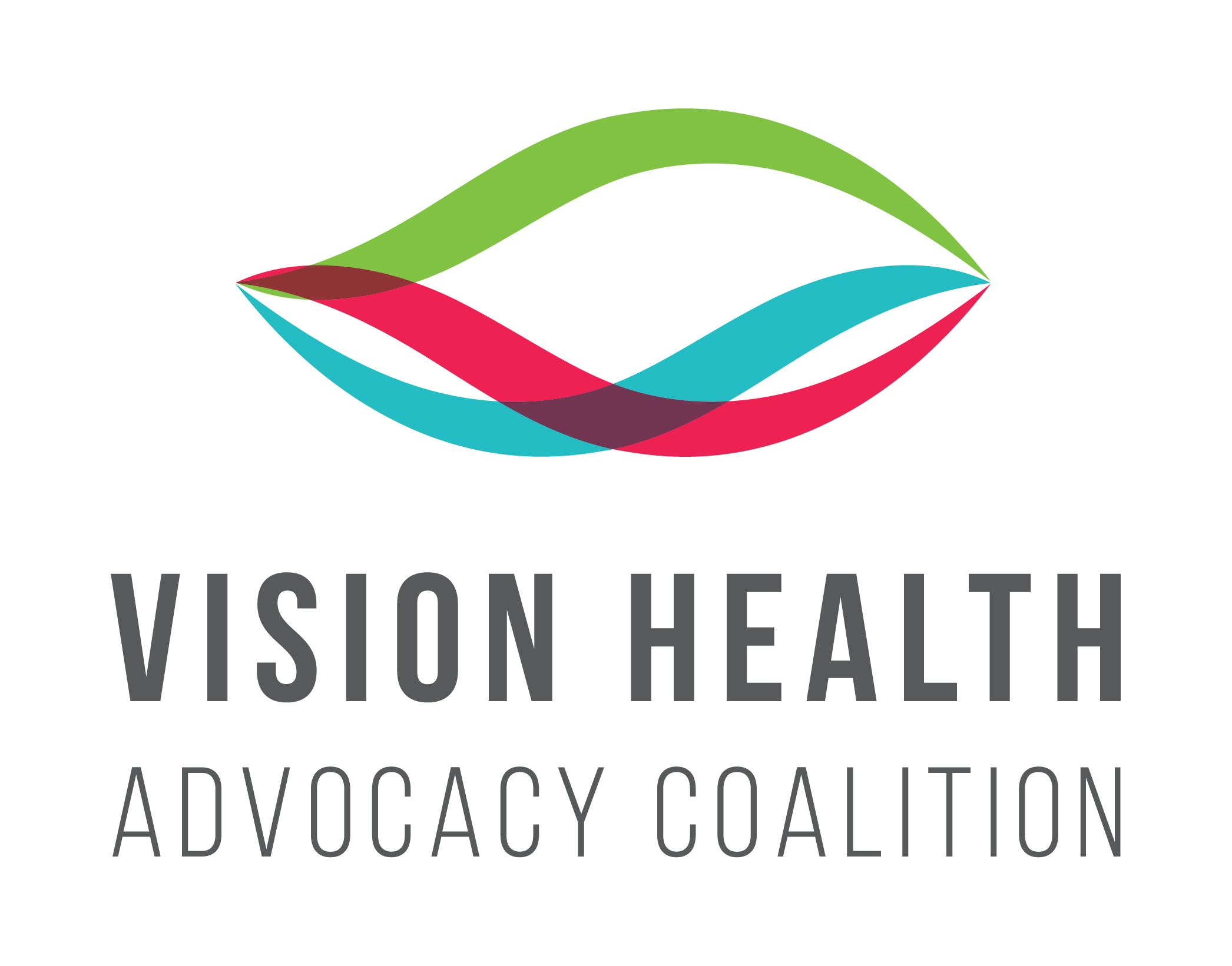Vision Rehabilitation Week is June 9 – 15, 2025
Join us to Celebrate and commemorate Vision Rehabilitation Week – June 9-15! help us spread the word about crucial Vision Rehabilitation programs.
Nearly 20 million people in the US live with blindness, low vision, and visual impairment*, which often creates significant challenges with everyday activities. Vision Rehabilitation services and training can dramatically increase confidence, safety, and independence. Join us in commemorating Vision Rehabilitation Week, June 9-15, and help spread the word about these crucial programs.
Did you know?
People experiencing blindness and low vision report increased health issues and disability conditions, with some groups citing more than double the number of days of poor mental health and more than twice the rate of depression. Vision Rehabilitation can help adults continue the activities they love most, positively impact their ability to access medical and mental health services and reduce isolation and depression.
Vision Rehabilitation Week celebrates all life-changing Vision Rehabilitation services for people living with blindness and low vision and the compassionate and highly trained individuals who provide these services. Vision Rehabilitation training can start during the early stages of vision loss, after all vision correction (including glasses/contacts) and other medical interventions (such as surgery) have been exhausted. Even when a doctor tells a patient that nothing else can be done medically, Vision Rehabilitation offers vital hope and can significantly improve independence and quality of life at any age. Vision Rehabilitation can help those with vision loss from genetic factors, and common and rare eye diseases, including cataracts, glaucoma, macular degeneration, diabetic retinopathy, refraction errors, and other eye changes.
Although a broad range of Vision Rehabilitation programs are available across the US, tragically, less than 5% of those who could benefit from these services are receiving them.
Vision Rehabilitation Week seeks to change that – and you can help!
Click here to access our comprehensive Toolkit that makes it easy to spread the word
Help us spread the word about the importance of Vision Rehabilitation! This Toolkit includes text for emails, newsletters, social media posts, and social media images.
Learn More About Life-Changing Vision Rehabilitation Programs and Services and See Below to Locate Vision Rehabilitation Services Near You!
A Vision Rehabilitation agency uses the results of a general or low vision eye exam and added information to create a customized vision rehabilitation plan that may include:
- Orientation & Mobility training helps people with vision loss navigate their environment safely and confidently. Training may include using a white cane, GPS, other apps, or mobility aids. Training hones auditory and tactile cues to detect surface changes and audible cues to cross intersections safely. Training can include local public transportation and other tools to enhance orientation, mobility, and safety. Some may go on to acquire the use of a dog guide through dog guide training schools.
- Independent living skills training demonstrates how to use remaining vision most effectively and develop compensatory strategies for performing daily activities. Training may include home labeling, specialized training for cooking, cleaning, and much more as outlined below.
- Meal preparation and food safety: Training can emphasize how to safely use kitchen tools and appliances, including the microwave, toaster, stove, and oven. Tactile marking and labeling, including adhesive bump dots and braille labels, can be used on kitchen surfaces and appliances, measuring cups and spoons, and pantry items to help identify canned foods, spices, and other ingredients. Food safety training can help with grocery shopping, food storage, and meal preparation.
- Personal care and prescription medications: Vision loss can impact the ease of bathing, dressing, and other personal care activities. Magnifiers and other assistive aids can help with personal grooming, shaving, or applying makeup. Training can also teach the safe use of sharp objects such as razors and scissors. Labeling or magnification devices can increase safety for adults taking one or more prescription medications. Accessible Pharmacy offers delivery services for those living with blindness and low vision. Did you know that CVS Pharmacy offers Spoken RX? This smart-tagged prescription label works with a CVS app to read prescription information aloud in English or Spanish.
- Cleaning: Tactile labeling helps identify cleaning products and settings on appliances, such as washers and dryers, for safer use. Accessible cleaning tools and appliances can also enhance the home cleaning process.
- Time Management: Access technology and accessible software help create and maintain your calendar and effectively manage day-to-day and longer-term activities.
- Finances & Money Management: Training helps you maintain independence with budgeting, money identification, and a broad range of financial transactions. Assistive technology facilitates online banking, other digital financial tools, and the reading of crucial financial documents. The use of apps and assistive aids includes screen readers and magnifiers.
- Home Organization & Modification: Home modifications, accommodations, and training are tailored to each person and their unique living environment. In addition to more significant home modifications, floor plans can adapt to streamline furniture placement, and color contrast can help differentiate floors, furniture, walls, and doorways. Contrast can also help adults with low vision identify light switches, outlets, surface changes, steps, stairs, and more. Lighting changes may also enhance orientation. Vision Rehabilitation agencies can provide guidance and support.
- Emergency Plans & Preparedness: Though we may think about this infrequently, everyone should have an emergency preparedness plan and understand how best to communicate with emergency responders, family, and neighbors in the case of a crisis. For those living with vision loss, tactile labeling can be used on emergency equipment, and mobile phone settings can be programmed to quickly contact emergency services or emergency contacts using accessible touch.
- Assistive technology helps to access information and more easily perform tasks and may optimize the use of mobile devices, access technology, and other assistive devices and aids to stay connected. Screen readers, voice assistants, smart speakers, voice recognition software (e.g., voice-to-text and text-to-voice), and other adaptive technology are essential for calling, texting, emailing, and accessing essential information online.
- Adaptive devices and specialized low-vision aids include magnifiers, specialized glasses, talking devices (such as clocks), and more.
- Braille training helps people of all ages learn to use Braille for reading and writing.
- Employment Services includes a wide array of training and support for people with vision loss to prepare for, secure, and maintain employment. Services may include counseling, job readiness training such as resume writing, job search, interview preparation, job placement services, work-based Orientation & Mobility training, and extended on-the-job coaching and support.
- Youth Programs offer programs for babies, children, and teens, including early intervention programs, specialized K-12 education, youth and teen camps, teen transition school-to-work programs, and more.
- Maintaining vital connections: Staying socially connected and participating in the activities you enjoy can significantly reduce the risk of social isolation, loneliness, and depression. In addition to training with all the access technology and devices listed above, many Vision Rehabilitation agencies offer support groups or can connect you with support groups and consumer organizations to share experiences with others facing blindness and vision loss and discuss challenges and solutions for everyday activities.
- Enjoy stories of lives transformed by Vision Rehabilitation programs and support services!

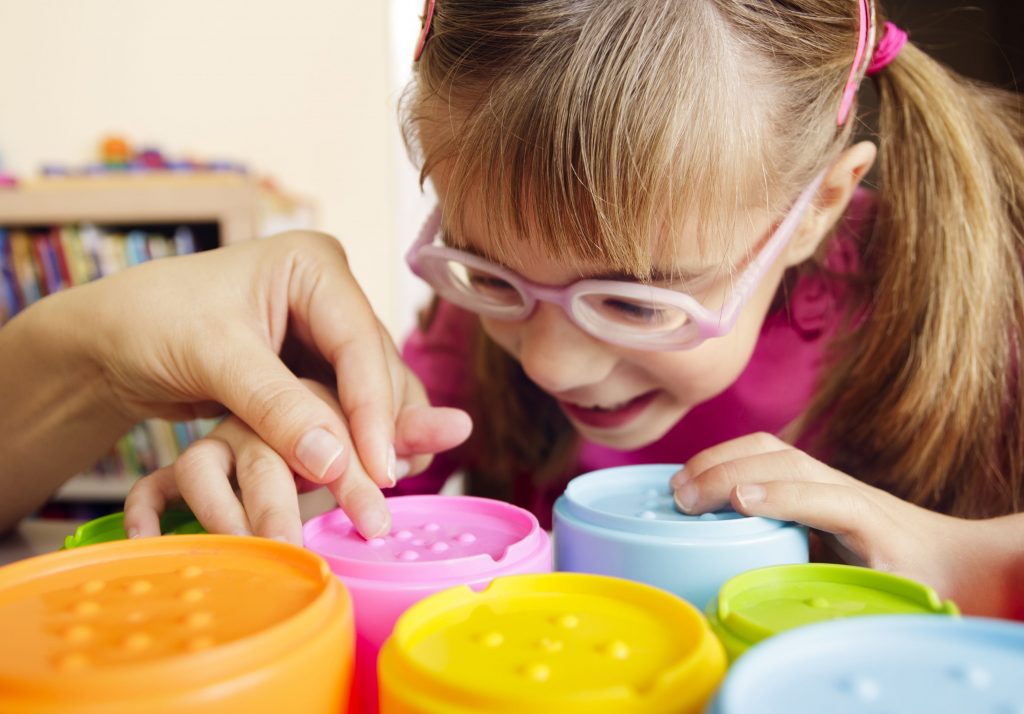

Ways to Celebrate Vision Rehabilitation Week
- Spread the word through social media, from late-May through Vision Rehabilitation Week, June 9-15. Explore the Vision Rehabilitation Week Toolkit to get started.
- Let anyone you care for with vision loss know about Vision Rehabilitation and help connect them with local services: Start with this list of Vision Rehabilitation Agencies and visit the Time to Be Bold State Directory, email the APH Connect Center at connectcenter@aph.org, call the APH hotline to speak with someone who can help, access practical coping strategies for everyday tasks, find a support group, and access free online resources at APH Connect Center and VisionAware.
- Host a special in-person or virtual event or offer special activities that support people living with blindness and vision loss.
- Are you a non-profit organization offering Vision Rehabilitation Services? Use social media to spotlight your compassionate, highly trained staff that provides these crucial services. Share your success stories with local media. Host a party, special event or. fundraiser.
Please help us spread the word – now through June 15th!
“Flip the Script” to Advocate for Older Adults Living with Blindness and Vision Loss
In conjunction with Vision Rehabilitation Week, June 9-15, we are holding a “Flipping the Script Advocacy Week” to educate Congress about the dire need for Champions for Teddie-Joy’s Law, which will strengthen and improve the Older Americans Act, modernize the OIB, and streamline the federal role as it supports states to better serve older people through the Independent Living Services for Older People Who are Blind program (OIB). Learn more, access advocacy tips and talking points today.
Locate Vision Rehabilitation Services Near You!
- View the list of Vision Serve Alliance member agencies providing Vision Rehabilitation services and resources.
- Visit the Time to Be Bold State Directory
- Email the APH Connect Center at connectcenter@aph.org
- Call the APH hotline to speak with someone who can help.
- You can also find practical coping strategies for everyday tasks, join a support group, and access free online resources at APH Connect Center and VisionAware.
- The National Eye Institute offers tremendous information, resources, videos, and more.
- Sign up today to receive a newsletter, future articles, and/or information on topics of interest!
- These organizations provide additional information on Vision Rehabilitation and other valuable resources and services:
- EMVI turns your smartphone into a reliable visual assistant. Learn more at emvi.ai
- The American Macular Degeneration Foundation offers a broad range of resources, including videos, newsletter, and more.
- The National Council on Aging (NCOA) improves the lives of older adults through widespread education and advocacy efforts. NCOA publishes articles about vision rehabilitation, eye conditions, and related topics in partnership with VisionServe.
- Download information about Thyroid Eye Disease and TED Community Organization resources, including webinars, podcasts, online support groups, Thyroid Eye Disease videos, and so much more.. Learn more at tedcommunity.org
- The Vision Health Advocacy Coalition also provides resources, including information about a broad range of eye conditions and diseases through its member organizations.
- VNR1 creates powerful Public Service Announcement campaigns, Media Tours, Audio News Releases, News Releases, and more.
- American Council of the Blind
- American Foundation for the Blind
- Blinded Veterans Association
- Library of Congress – National Library Service for the Blind and Print Disabled (NLS)
- National Federation of the Blind
- Read the Vision Rehabilitation Week Press Release
- Enjoy inspiring stories of lives transformed by Vision Rehabilitation
- See a list of other holidays to celebrate year-round
Special thanks to our Vision Rehabilitation Week Sponsors
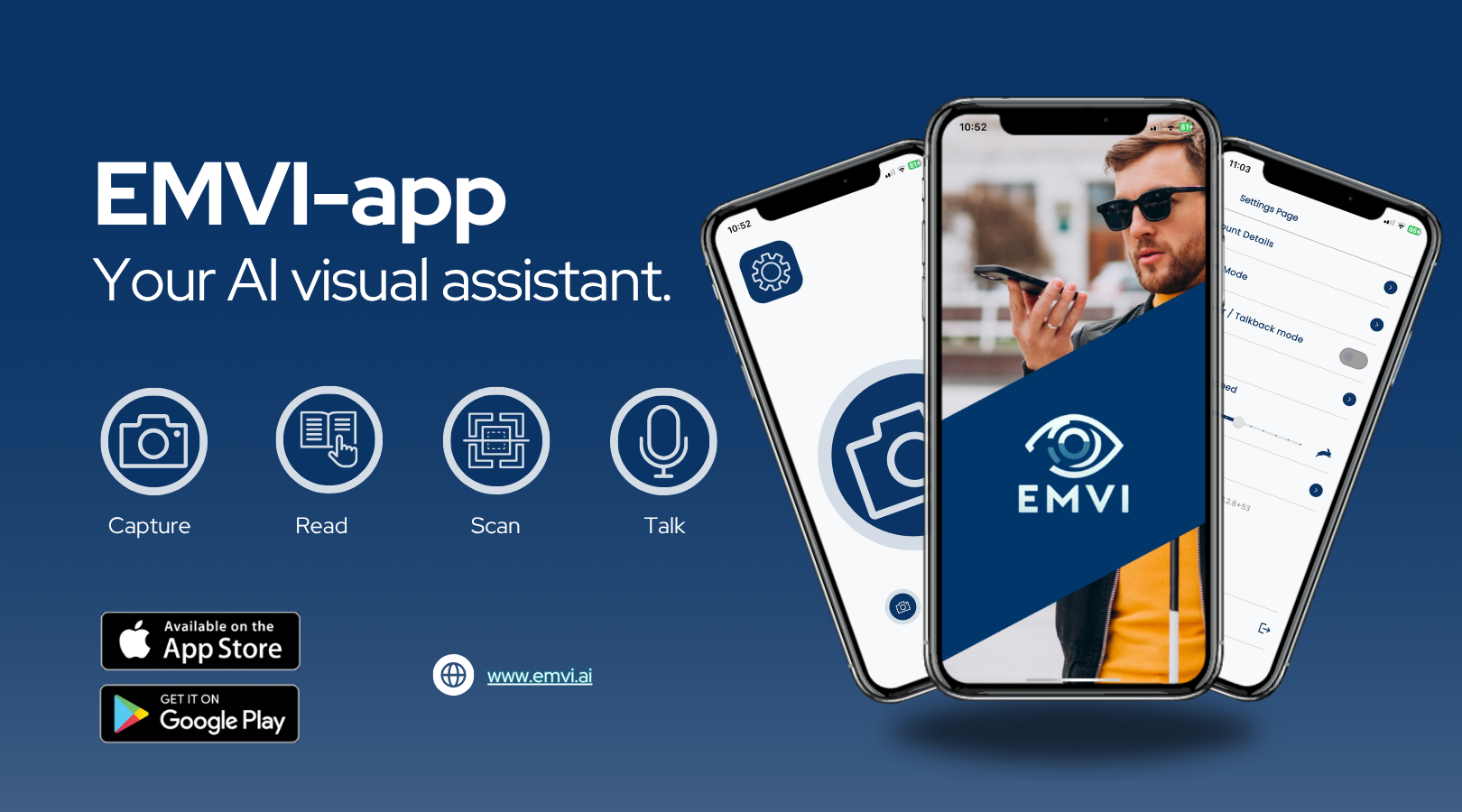
EMVI turns your smartphone into a reliable visual assistant, offering not just sight assistance, but a profound connection to the environment that shapes your daily life. Transform your smartphone in an assistive device and gain access to the visual world! Learn more at emvi.ai
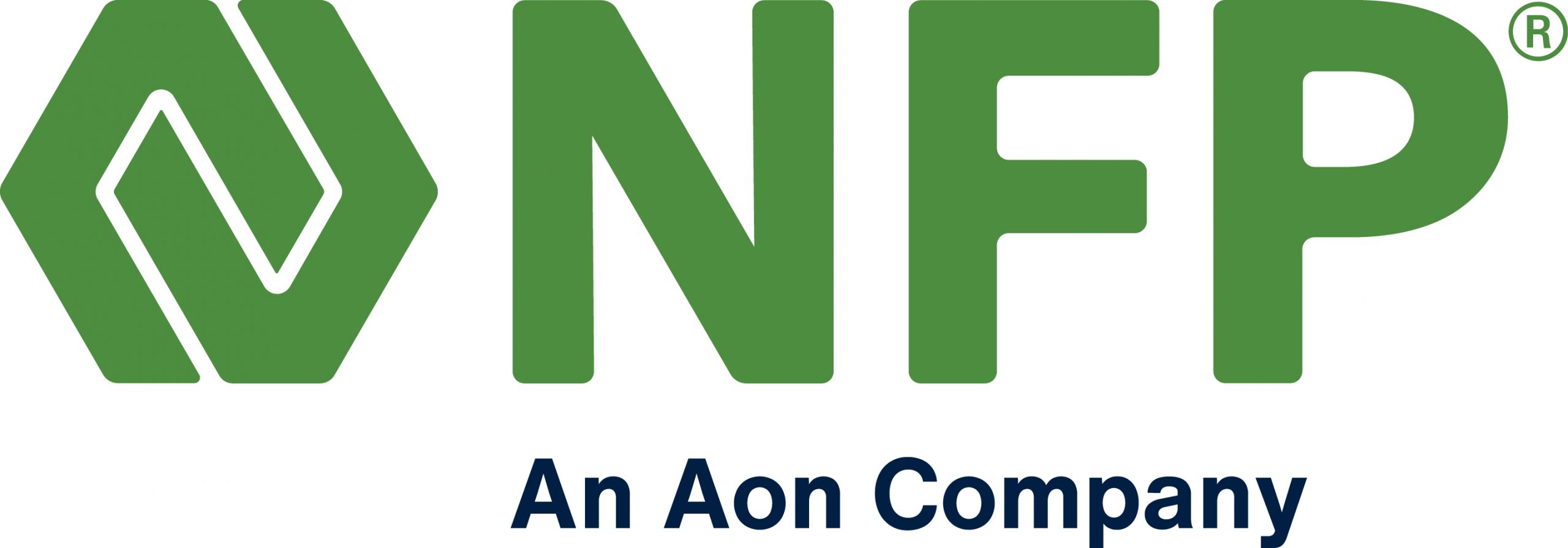
NFP, an Aon company, is an organization of consultative advisors and problem solvers helping companies and individuals address their most significant risk, workforce, wealth management and retirement challenges.
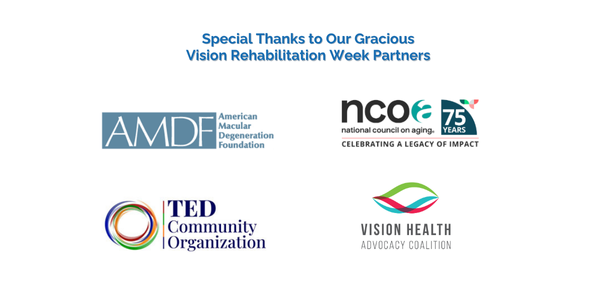
Additional Information for People Living with Blindness and Low Vision, their Families, and Caregivers!
Enjoy these articles about vision loss, vision rehabilitation and other important topics:
- How Vision Rehabilitation Changes Lives
- What Are Vision Rehabilitation Services and How Can They Help?
- What Independent Living Skills Help People Living with Vision Loss?
- How Orientation and Mobility Training Can Improve Quality of Life For People Living With Vision Loss
- How Assistive Technology and Adaptive Equipment Help People Living with Vision Loss
- How Vocational Rehabilitation Can Translate Vision Loss into Career Success
- Living Well with Blindness, Low Vision, and Vision Impairment
- Creating an Enriching Work Life with Vision Rehabilitation and Employment Services
- Vision Loss and Mental Health: How to Cope and Adapt
- 10 Ways Daily Skills Training Empowers Adults Living with Vision Loss
- Safe Cooking for People Living with Blindness or Low Vision
- See additional articles highlighted below

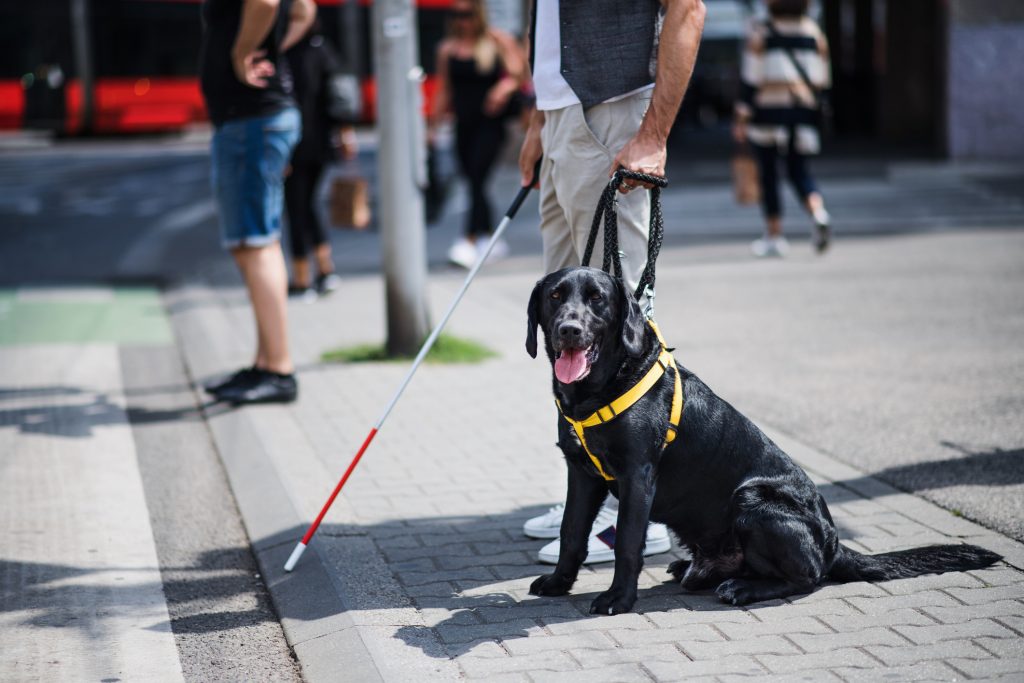
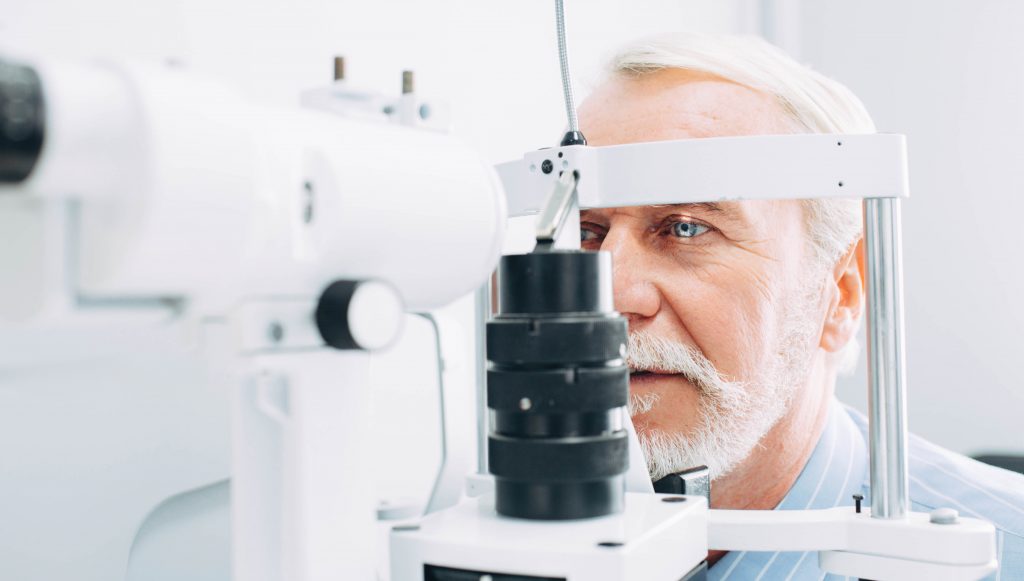
Consider a Career working with People Living with Blindness or Low Vision
A career in the field can be incredibly rewarding, offering a variety of positions and specializations from which to choose. We need many more talented professionals to support the increasing number of people with vision loss. Visit ACVREP and AER to learn more about a career working with people living with blindness and vision loss, and access helpful professional information, training, and certification information, education programs, and resources. Visit the Mississippi State University National Research and Training Center and the Older Individuals who are Blind – Technical Assistance Center for additional information, courses, and training resources for those serving older individuals who are blind or have low vision.
For Professionals Working with People Living with Blindness or Low Vision
Enjoy these recent articles to help in your work with patients and clients living with blindness and vision loss:
- How Vision Rehabilitation Changes Lives
- Identifying Undiagnosed Vision Loss in Older Adults
- The Reality of Aging and Vision Loss in America
- Common Age-Related Eye Diseases: What to Know and What You Can Do
- Vision Rehabilitation Can Complete the Continuum of Care
- Vision Rehabilitation—Help and Hope
- Vision Rehabilitation Helps Older Adults Thrive
- Identifying Services for Those with Vision Loss
- How to Connect Older Adults to Life-Changing Vision Rehabilitation Services
- Enhancing Your Work with Adults with Vision Loss: A Provider Toolkit
- Empowering People with Vision Impairment
- Vision Rehabilitation Professionals Make the Difference
- The Connection Between Health and Vision Impairment
- How Referring Older Adults to Vision Rehabilitation Can Strengthen Their Medical Care
- Helping People with Blindness and Vision Loss Continue to Participate in Everyday Activities
- How to Meet the Growing Challenge of Older Americans with Vision Loss
- Mental Health Risk and Vision Loss: How to Help
Click here to access the Vision Rehabilitation Week Toolkit with content and images to help spread the word!
Provider Toolkit & Accompanying National Council on Aging Article
A provider toolkit from the Aging and Vision Loss National Coalition gives professionals information and resources to help clients living with blindness or vision loss. This National Council on Aging article features the toolkit and provides a greater understanding of the unique needs faced by clients with blindness and low vision so professionals can provide vital support, enhance client interactions, relationships, and care: https://www.ncoa.org/article/enhancing-your-work-with-adults-with-vision-loss-a-provider-toolkit
Big Data Project – Groundbreaking Reports Regarding the Prevalence and Impact of Blindness and Vision Loss
The Big Data Project reports provide comprehensive descriptions of people with vision impairment at the national, state, and county levels in two age groups: Working-Age Adults (18-64) and Adults 65+. Data sets included in the project are the Behavioral Risk Factor Surveillance System (BRFSS) and the American Community Survey (ACS). National and state reports were developed through a partnership between VisionServe Alliance, the Aging and Vision Loss National Coalition (AVLNC), The Ohio State University College of Optometry and the VanNasdale Group. Learn more and access national and state reports for both age groups at: https://visionservealliance.org/big-data-project-insights/
*Source – Georgetown University Health Policy Institute, Visual Impairments
Special Thanks to our generous Vision Rehabilitation Week supporters:
